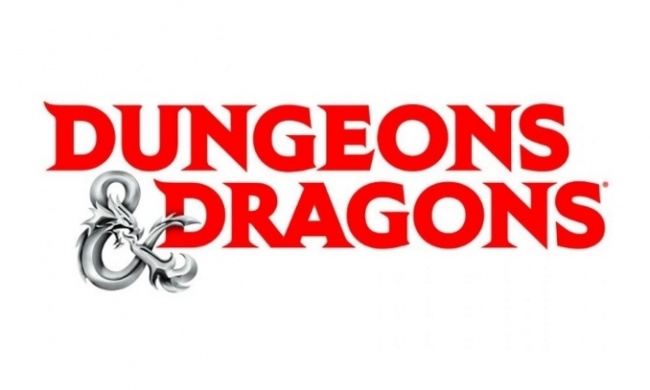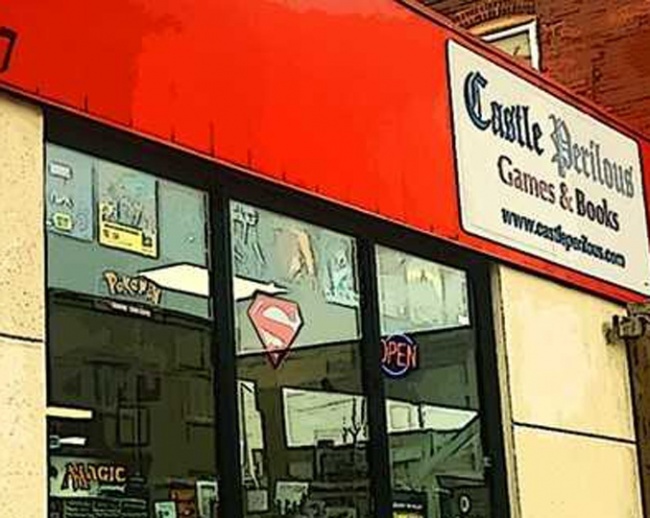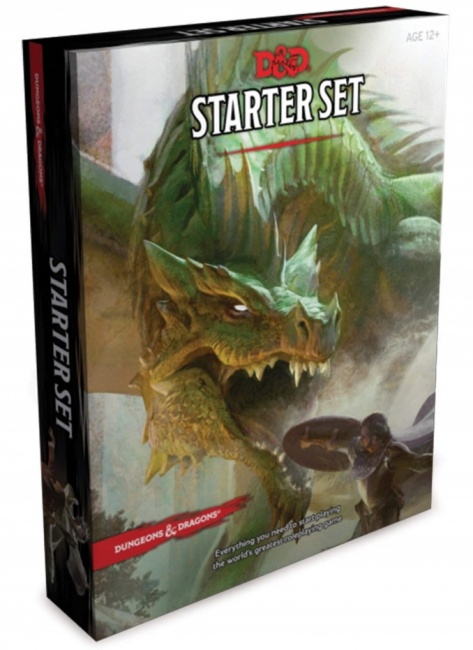Rolling for Initiative is a weekly column by Scott Thorne, PhD, owner of Castle Perilous Games & Books in Carbondale, Illinois and instructor in marketing at Southeast Missouri State University. This week, Thorne offers analysis on why younger crowds of people are flocking to play Dungeons and Dragons.
Wizards of the Coast released an infographic in early 2020 showing sales and player statistics for Dungeons & Dragons as of 2019 and the numbers are pretty impressive. Consider that there are 40 million players around the world. That means there are more people that play D&D worldwide than the current state population of California. About 39% are female, and that number is growing. Heck, that is more than the entire population of Venezuela.
Then, 61% are male, and a little more than 1% identify as other or non-binary. D&D has always been a game for the young and the numbers back this up with 40% of current players 25 years old or younger. Apparently, so few people in my age bracket responded to the survey or got counted using whatever methodology WotC chose that we are not even included in the published numbers. Sales of Introductory boxed sets shot up over 300%, while overall D&D sales in Europe increased 65% year to year.
Those are some pretty impressive numbers, especially for a game that first came out in the white box version back in 1974. Why is D&D seeing those sort of numbers (especially among younger players who I would normally expect to see playing online games)? In our store, despite the availability of the starter set as free PDFs and the Player’s Handbook currently available for 20% or more off online, we sell one to two copies of the Starter Set a week, and another one to two copies of the hardback Player’s Handbook as well.
While incorporating much of the functionality (I see three quarters of the players at games in the store with a laptop open in front of them), why have younger players embraced the game to such an extent? Here are some possible answers:
Comradery. Most of the games I see have the same group of players showing up consistently week in and week out. They build relationships with one another, have in-jokes, and refer to previous events that an outsider would not understand. Especially if you are in middle or high school, feeling like you are part of a group is very important. A D&D group gives that feeling of belonging.
Inexpensive. Although the $50 price tag on the Player’s Handbook can appear daunting, especially if you are a young player with little discretionary income, all of the print material in the D&D Starter Set is available on the Wizards website for free. One of the great things about D&D is that it is a very inexpensive hobby in which to start. Yes, over time most players will want to acquire more books and more dice and more miniatures and more maps, but they don’t need them to play the game. If you don’t mind sharing, players only need one set of dice (though not advisory in the time of COVID-19), and only one person needs access to the rules. If a player wants their own dice and is really cash strapped, dice rolling applications for smart phones are easy to find.
Social Media. In today’s culture, social media, especially TikTok, Twitch, and Instragram, are the means by which people learn about many new concepts. Seventeen billion impressions on social media and over 4.5 billion minutes of D&D content streamed on Twitch means that D&D is reaching younger players where they are. And while a number still play online, a good number have moved to the tabletop, and once a habit gets ingrained, it sticks.
Do you expect this explosive growth in D&D to continue? Send your thoughts to castleperilousgames@gmail.com
The opinions expressed in this column are solely those of the writer, and do not necessarily reflect the views of the editorial staff of ICv2.com.

Column by Scott Thorne
Posted by Scott Thorne on June 14, 2021 @ 2:42 am CT




